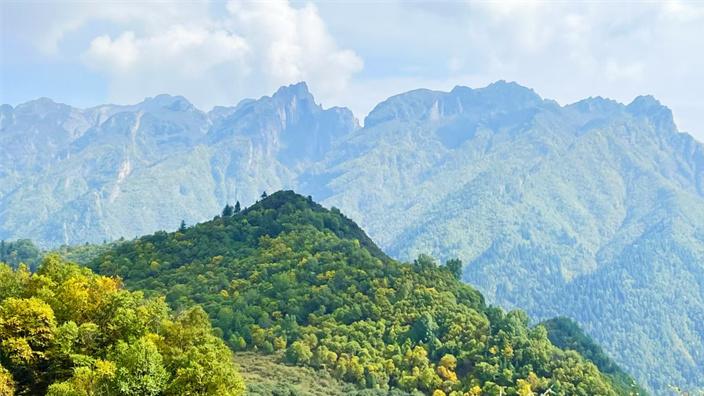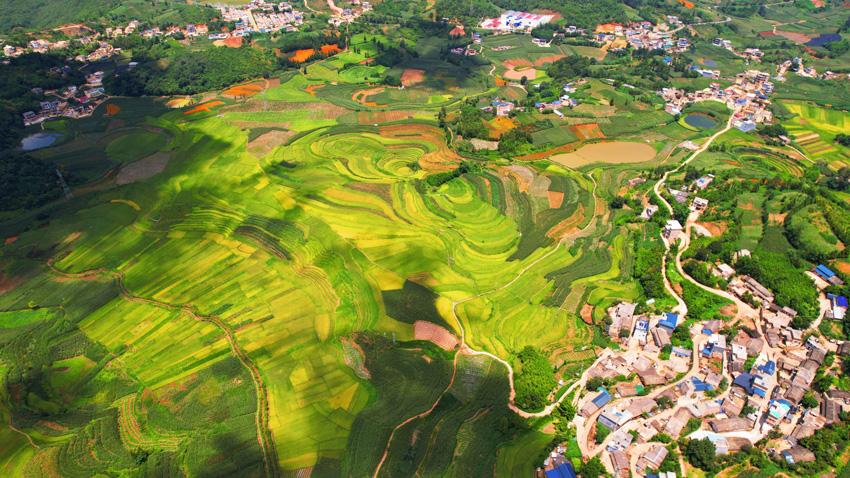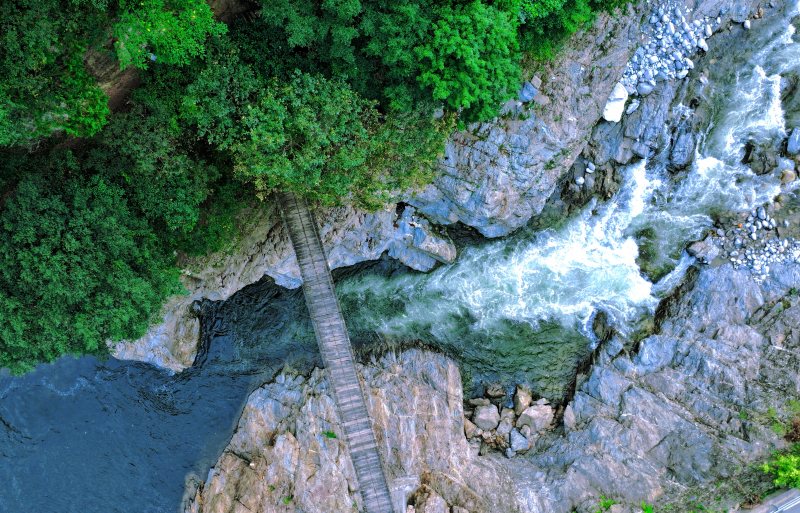Altay in NW China's Xinjiang develops thriving tourism
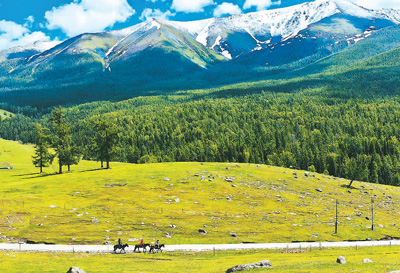
Tourists ride horses in Habahe county, Altay, northwest China's Xinjiang Uygur Autonomous Region. (Xinhua/Gou Lifeng)
The Altay region in northwest China's Xinjiang Uygur Autonomous Region has captivated throngs of tourists nationwide with its spectacular natural scenery and the heartwarming lives of local residents.
Boasting rich and diverse tourism resources, Altay is truly a sight for sore eyes. This year, the wildly popular TV series "To the Wonder" has made this hidden gem in Xinjiang a new trendy tourism destination. Seizing the opportunity, Altay continues to launch a wealth of tourism and culture products to promote the development of comprehensive tourism.
A TV boost
Thanks to the popularity of the TV drama series, a once-sleepy village in Habahe county, Altay, transformed into a bustling tourist hotspot.
"This is the original site of Jilin New Village, the main filming location of the series," said Ulan Yaswkey, Party head of the village.
Stepping into "Zhang Fengxia's Convenience Store" in the village, visitors are transported back in time. This detailed recreation of the series' set has become a must-visit spot for tourists. Products that appeared in the series, including a type of beer and black soap, are flying off the shelves in the store, with daily sales sometimes exceeding 1,000 yuan ($140.58).
"Since the premiere of the drama, Habahe county has witnessed a surge in tourism. In May alone, we received more tourist arrivals than the combined total in the previous four months," said Erjan Kadir, deputy director of the bureau of culture, sports, radio, television and tourism of Habahe.
The official added that the county has been quick to capitalize on this newfound fame, turning cultural elements from the drama into its tourism offerings and rolling out tailored travel routes.
By the end of August this year, Altay had recorded 28.9621 million tourist visits and a staggering tourism revenue of 25.674 billion yuan, up 26.81 percent and 27.81 percent year on year, respectively.
Traditional customs draw visitors
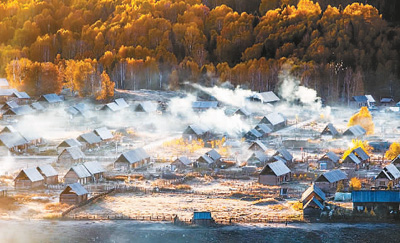
File photo shows the morning mist lingering in Hemu village, Burqin county, Altay, northwest China's Xinjiang Uygur Autonomous Region.
Hemu, a traditional village inhabited by Tuva people in Burqin county, Altay, has become a sought-after tourist destination for its stunning natural beauty and unique cultural heritage. The village boasts unique wooden houses that are scattered across the landscape.
Gui Jin, a young entrepreneur, came to Hemu village to run a B&B hotel two years ago. As the peak tourism season approaches, Gui's eight rooms are fully booked every day, with orders stretching through early October.
"The wooden houses are iconic structures of nomadic culture, becoming a cultural symbol of Hemu village. When designing and decorating our guesthouse, we preserved these traditional residential features while incorporating modern design concepts," said Gui.
Hemu village is home to Tuva people. Today, this traditional village has become a popular tourist destination for its natural beauty and unique culture. Visitors can enjoy performances of the Chinese traditional instrument dongbula, dance with local villagers, and experience the colorful ethnic customs beside birch forests and snowy mountains.
Altay's horse culture is also gaining traction among tourists. The herders' migration routes are still intact in Altay, according to an equestrian coach, who found that in recent years, an increasing number of tourists have come to Altay to experience the fun of riding horses and learn equestrianism.
"We want more visitors to experience Altay's ancient horse culture," said Haster Bahithan, manager of Altay Horse Industry Development Corporation.
In recent years, Altay has vigorously developed the horse industry by promoting the in-depth integration of the sector with tourism, culture and folk customs.
As a popular tourist destination in Xinjiang, Altay is known for its famous scenic spots like Kanas Lake and Hemu village, abundant ice and snow resources, as well as stunning aurora displays.
"Altay's beauty is being discovered by more and more people. This pushes us to further promote the in-depth integration of culture and tourism," said Dildar Naby, director of the bureau of culture, sports, radio, television and tourism of Altay.
Photos
Related Stories
- China's Xinjiang sees upbeat foreign trade growth
- Village in Xinjiang develops fruit planting industry to help locals increase income
- Xinjiang's Khunjerab Pass offers full-year service
- Xinjiang's railway port sees 6,000 China-Europe freight trains this year
- Kashgar transforms into unique tourist destination blending history, modernity
Copyright © 2024 People's Daily Online. All Rights Reserved.







